Do you have a question about the Toyota RAV 4 and is the answer not in the manual?
Provides information about the different types of keys provided with the vehicle.
Explains how to operate the vehicle's doors using the smart key system.
Details how to adjust the front seats for optimal comfort and positioning.
Provides instructions for adjusting the second-row seats, including alignment.
Explains the correct use, fastening, and releasing of the vehicle's seat belts.
Explains the operation of power windows using the switches and the lock switch.
Details how to operate the moon roof, including opening, closing, tilting, and jam protection.
Provides step-by-step instructions for opening the fuel tank cap before refueling.
Guides the driver on how to maintain a proper posture for safe driving.
Explains the SRS airbag system, its components, and deployment conditions.
Provides procedures for starting, driving, stopping, and parking the vehicle safely.
Details how to set and release the parking brake and its usage in winter.
Describes the functions of various gauges and meters on the instrument cluster.
Explains the meaning of various indicators and warning lights on the instrument cluster and center panel.
Details manual and automatic operation of headlights, including daytime running lights.
Provides instructions on adjusting wiper intervals and operating the washer function.
Details how to set, adjust, cancel, and resume the cruise control system for maintaining speed.
Describes systems like ABS, VSC, TRAC, AUTO LSD, and EPS that enhance driving safety.
Highlights precautions for utility vehicles due to their higher center of gravity and rollover risk.
Details total load capacity, seating capacity, towing capacity, and cargo capacity.
Details how to adjust temperature, fan speed, and air outlets for manual air conditioning.
Explains how to use the automatic mode, adjust temperature, fan speed, and air outlets.
Describes different types of audio systems, including those with and without navigation.
Details how to load, eject, select, and play CDs, including MP3 and WMA discs.
Explains how to control audio features using the switches on the steering wheel.
Covers features of the Bluetooth® hands-free phone system, conditions affecting operation, and transferring ownership.
Lists and illustrates the various interior lights, including personal, engine switch, and luggage compartment lights.
Identifies and illustrates various storage spaces like cup holders, glove box, and console box.
Explains the forward, side, and extender positions of the sun visors.
Explains the usage of 12V and 120 VAC power outlets for accessories.
Provides instructions on using the seat heaters and important cautions to avoid burns.
Provides procedures for washing, drying, and waxing the vehicle exterior.
Details methods for cleaning leather and synthetic leather areas to maintain interior condition.
Outlines general, scheduled, and do-it-yourself maintenance, along with repair and replacement recommendations.
Explains how to release the lock, lift, and secure the hood using the support rod.
Details how to check and add engine oil, including consumption rates and resetting the oil change system.
Explains how to check coolant level, select the correct coolant type, and precautions for hot engines.
Describes how to check and add brake fluid, emphasizing the importance of using the correct type and handling precautions.
Covers tire checking, rotation, pressure warning system, and replacement guidelines.
Explains when and how to use the emergency flashers for vehicle malfunctions or accidents.
Recommends towing methods and provides precautions for 2WD and 4WD models.
Provides immediate actions and correction procedures for various warning lights and buzzers.
Details the steps for removing the flat tire and replacing it with the spare, including tool locations.
Troubleshoots common causes for the engine not starting, including starter motor issues and battery problems.
Provides procedures for jump-starting the engine using jumper cables and precautions for battery handling.
Guides on what to do if the engine overheats, including checking coolant and fans, and precautions for hot components.
Details maintenance data including fuel capacity, engine oil specifications, and coolant type.
Covers tire sizes, inflation pressures, wheel sizes, and wheel nut torque for different types.
Provides comprehensive information on fuel types, octane ratings, engine knocking, and gasoline quality standards.
Informs owners about reporting vehicle safety defects to NHTSA and Toyota Motor Sales.
Provides a French explanation of seat belt instructions, extracted from the manual.
| Brand | Toyota |
|---|---|
| Model | RAV 4 |
| Category | Automobile |
| Language | English |
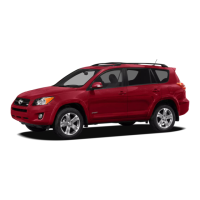
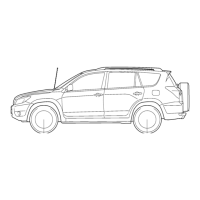
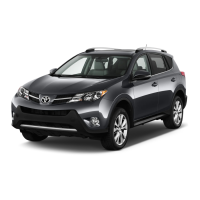
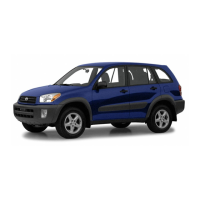
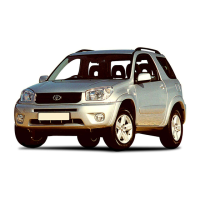

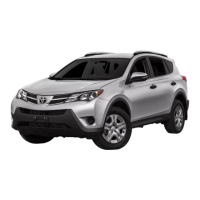


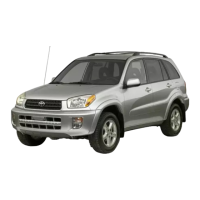

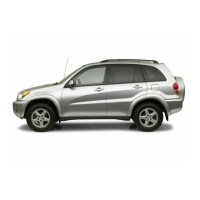
